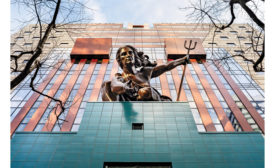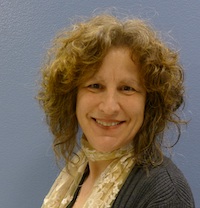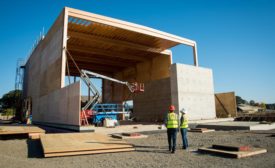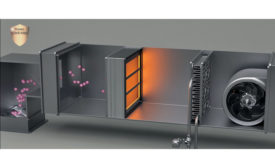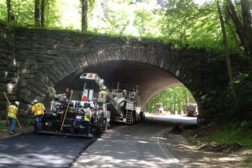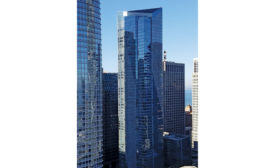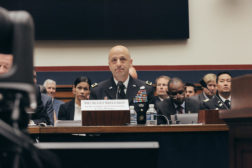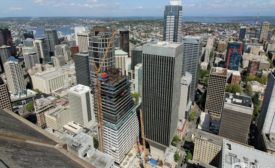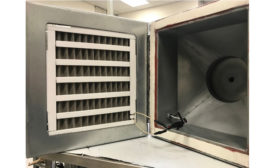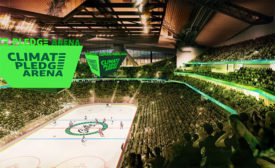Buildings
Federal Infrastructure
Congress Approves $9.5B Infusion to Attack National Park Project Backlog
Read MoreMaterials
New York City Accepts Use of SpeedCore High-Rise System
Milestone comes after tests showing the Lego-like composite core needs no fire protection
Read More
Indoor Air Quality
Medistar to Roll Out Air Filter that Kills Coronavirus and More, Say Researchers
Device, which also can kill anthrax and likely legionella, can be fitted into existing heating and cooling systems
Read More
Green Buildings
Seattle's Climate Pledge Arena Touted as World's Greenest
Rebuilt Landmark Set to Reopen Next Year
Read More
The latest news and information
#1 Source for Construction News, Data, Rankings, Analysis, and Commentary
JOIN ENR UNLIMITEDCopyright ©2025. All Rights Reserved BNP Media.
Design, CMS, Hosting & Web Development :: ePublishing
